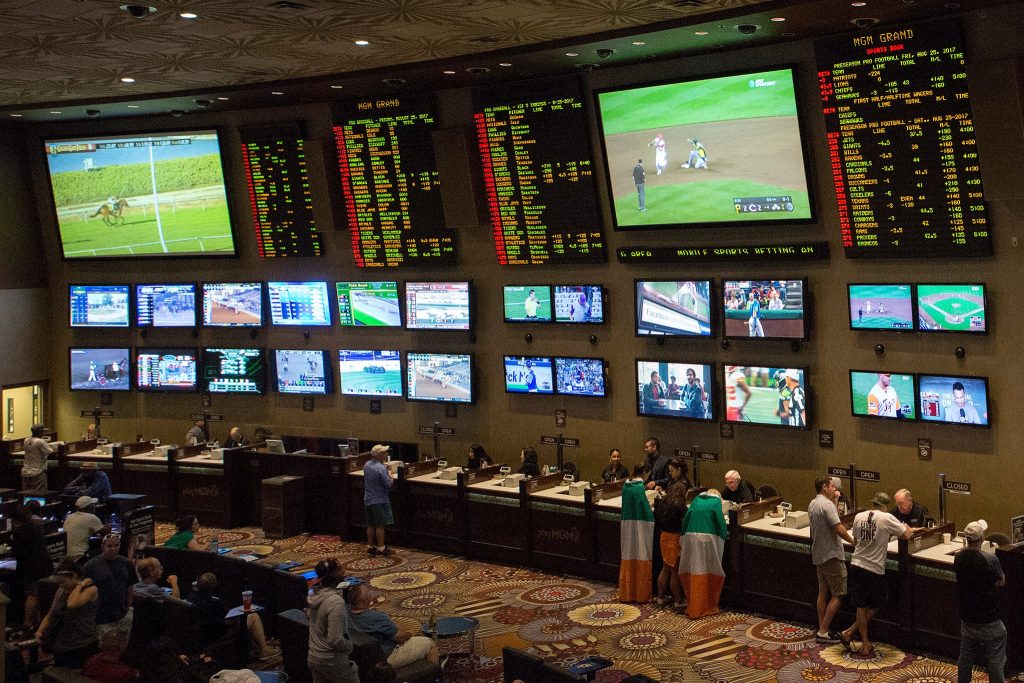Predicting the Line Movement in Sports Betting

When it comes to sports betting, one of the most important things to keep in mind is line movement. Just because a line looks good at first glance, doesn’t mean it will stay that way. The lines can move around quite a bit in the lead up to a game, and it’s important to be aware of this so you can make the best possible bets. So how can you predict line movement?
One way to predict line movement is by paying attention to the news. If there’s a big injury or some other newsworthy event, the lines are sure to move. You can also look at the weather forecast; if there’s a chance of bad weather on game day, that will usually cause the lines to move as well.
Another way to predict line movement is by paying attention to how the public is betting. If the public is heavily backing one team, that will usually cause the line to move in their favor. Conversely, if the public is staying away from a particular game, that will usually cause the line to move against them.
Finally, you can also use historical data to predict line movement. If a certain team has a history of starting slow but then coming back to win, that could cause the line to move in their favor as the game gets closer. Similarly, if a team is known for blowing big leads, that could cause the line to move against them.
Of course, predicting line movement is never an exact science. There are always going to be surprises and unforeseen events that can cause the lines to move in ways that nobody could have predicted. But if you pay attention to the news, the weather, how the public is betting, and historical data, you should be able to get a pretty good idea of how the lines are going to move.
How do you read a sports betting line movement?
When trying to read a sports betting line movement, it is important to first understand what the numbers mean. In order to make things simpler, we will use an example from American football. In this example, we will use the line for the New England Patriots vs. the New York Jets game. The point spread is currently Jets +7.
The first number is always the team that is favored to win. In this case, it is the New England Patriots. The second number is how many points that team is favored by. In this case, the Patriots are favored by 7 points. This means that if you bet on the Patriots, they must win the game by more than 7 points for you to win your bet. If you bet on the Jets, they can lose by up to 6 points and you will still win your bet.
The point spread is not the only thing that you need to pay attention to when trying to read a sports betting line movement. You also need to pay attention to the moneyline. The moneyline is simply the odds of a team winning the game outright. In our example, the moneyline for the Patriots is -350 and the moneyline for the Jets is +290.
This means that if you bet $100 on the Patriots, you would win $29 if they won the game outright. Conversely, if you bet $100 on the Jets, you would win $350 if they won the game outright. As you can see, there is a big difference in how much you can win depending on which team you bet on.
The reason why the moneyline is so important is because it can often times be more profitable to bet on a heavy underdog rather than a heavy favorite. In our example, it would be more profitable to bet on the Jets than the Patriots even though the Jets are 7 point underdogs. This is because there is a much higher chance of the Jets winning outright than there is of the Patriots winning by more than 7 points.
When trying to read a sports betting line movement, it is important to pay attention to both the point spread and the moneyline. The point spread will give you an idea of which team is favored to win and by how many points. The moneyline will give you an idea of which team has a better chance of winning outright and how much you can win if they do.
What causes line movement in sports betting?
When it comes to sports betting, line movement is often caused by a number of factors. For instance, if a team is unexpectedly winning or losing a game, the line may move in order to balance out the bets. In addition, line movement can also be caused by the public betting on a certain team. If the public is overwhelmingly betting on one team, the line may move in order to encourage more bets on the other team. Finally, line movement may also be caused by news events that affect a particular game. For example, if a star player is injured, the line may move in order to reflect the new odds of the game.





